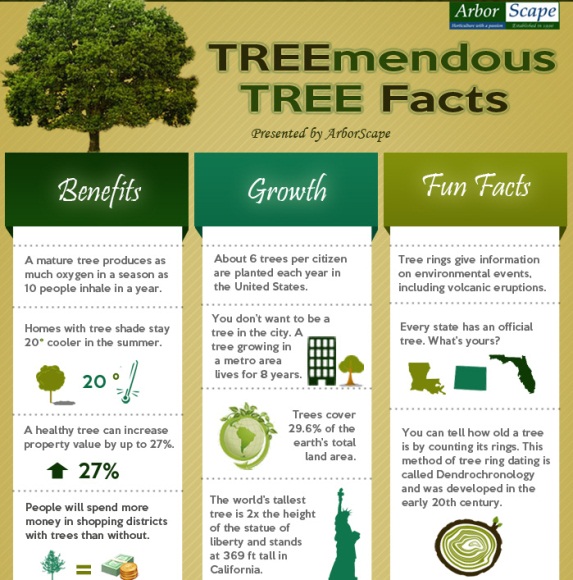Signs Indicating The Need For Tree Elimination: Identifying Risky Trees
Signs Indicating The Need For Tree Elimination: Identifying Risky Trees
Blog Article
Created By-Velling Emerson
When it involves tree treatment, recognizing the indications that it's time for elimination is necessary for your safety and security and residential or commercial property. simply click the up coming web site may see stained fallen leaves, wilting branches, or odd fungal developments indicating health issue. Architectural issues, like a substantial lean or splits in the trunk, can also pose dangers. Recognizing these indication can aid you make notified decisions about your trees and protect against prospective threats prowling in your backyard. What should you look for next?
Indicators of Decay and Illness
When you notice indications of decay and disease in your trees, it's critical to act promptly. Seek blemished fallen leaves, wilting branches, or unusual growths like fungus. These can suggest that your tree is struggling.
If you see fractures in the bark or soft, mushy wood, these signs suggest inner degeneration. In addition, an unexpected boost in insects around your tree can signify that it's deteriorated and at risk.
Look for any kind of dead or passing away limbs, as they pose a danger to your building and security. If you're uncertain regarding what you see, getting in touch with an arborist can provide clarity.
Attending to these signs early can conserve you from a lot more extensive damage and make sure the health and wellness of your yard. Don't wait up until it's far too late.
Structural Instability and Leaning
As you observe your trees, watch out for any type of indicators of structural instability or leaning. If a tree leans considerably, it might show that the root system is compromised.
Search for any cracks in the trunk or soil around the base; these can signify possible failure. In addition, check for unusual development patterns, like an uneven crown, which may suggest that the tree is having a hard time to hold itself upright.
If you observe that the tree favors your home, high-voltage line, or various other frameworks, it presents a better danger. Do not overlook these indicators-- seek advice from an arborist to examine the situation.
Doing something about it early can avoid costly damage and ensure your safety and security.
Dead or Dying Branches and Foliage
If you notice dead or passing away branches and vegetation on your tree, it's a clear indicator that something's wrong.
These harmful locations can suggest underlying concerns like disease, parasite problems, or ecological anxiety. When Tree Limb Removal Near Me lose their fallen leaves or turn brown, they're no longer contributing to the tree's health and wellness. Neglecting these indicators could lead to more decline, making your tree a lot more harmful.
Dead branches can quickly break short throughout storms, positioning a danger to home and people nearby. It's important to examine the extent of the damage.
If the trouble impacts a considerable part of the tree, consider seeking advice from an expert. They can help determine if removal is required to make certain safety and maintain the elegance of your landscape.
Conclusion
If you discover any signs of degeneration, structural instability, or dead branches on your trees, don't overlook them. These indicators can position serious security threats to you and your home. It's always best to seek advice from a specialist arborist that can supply a professional evaluation of your trees. Taking action early can prevent accidents and costly damage, ensuring your landscape remains risk-free and healthy and balanced. Remember, it's far better to be aggressive about tree care than to wait on a disaster to happen.
